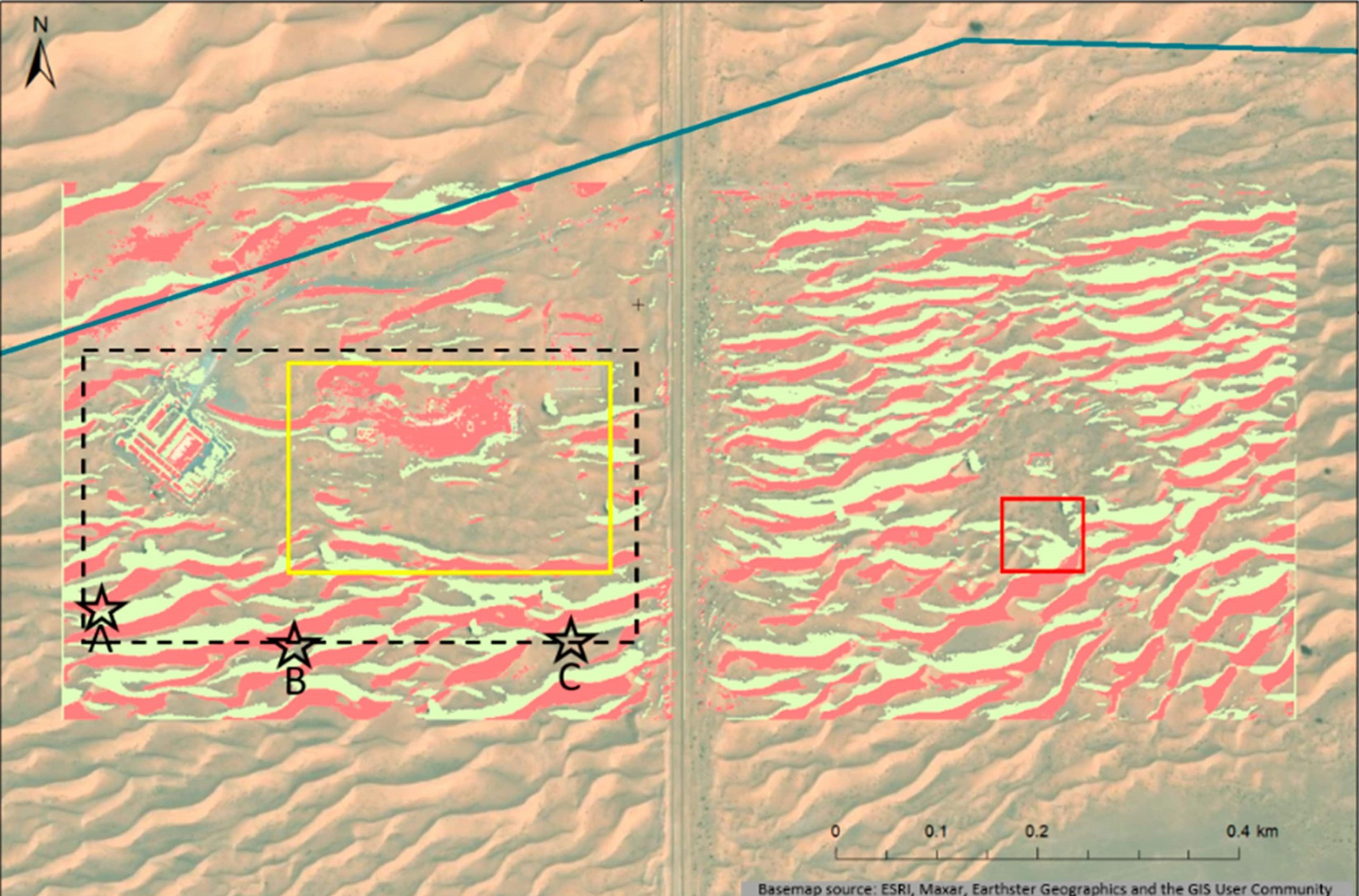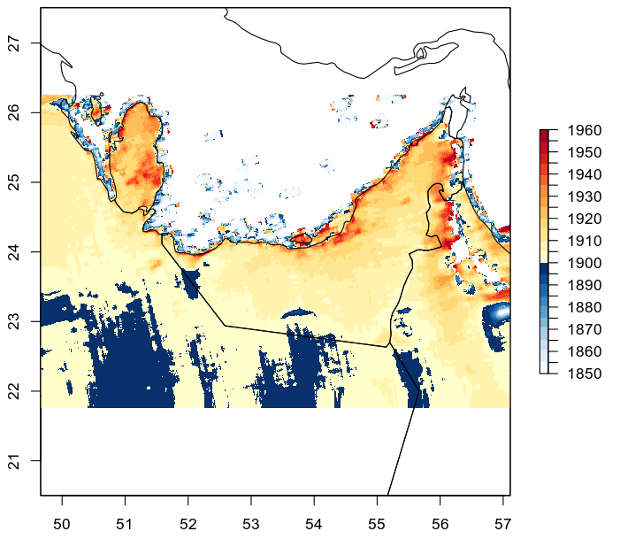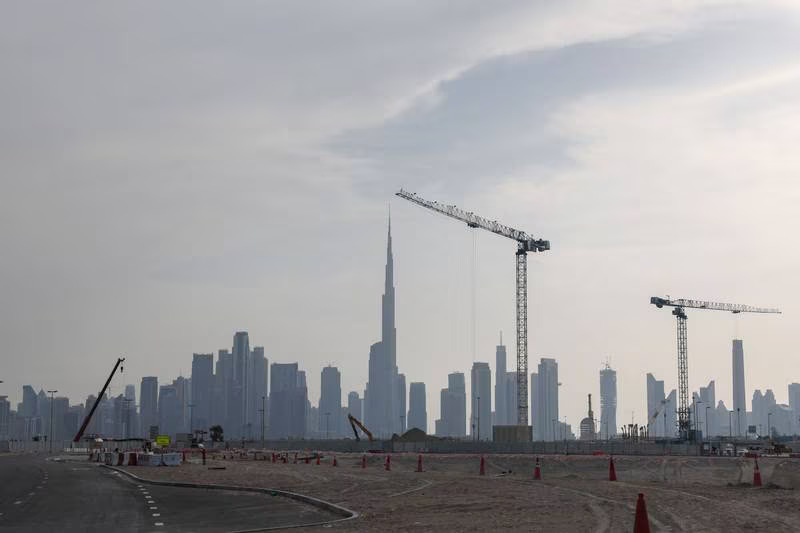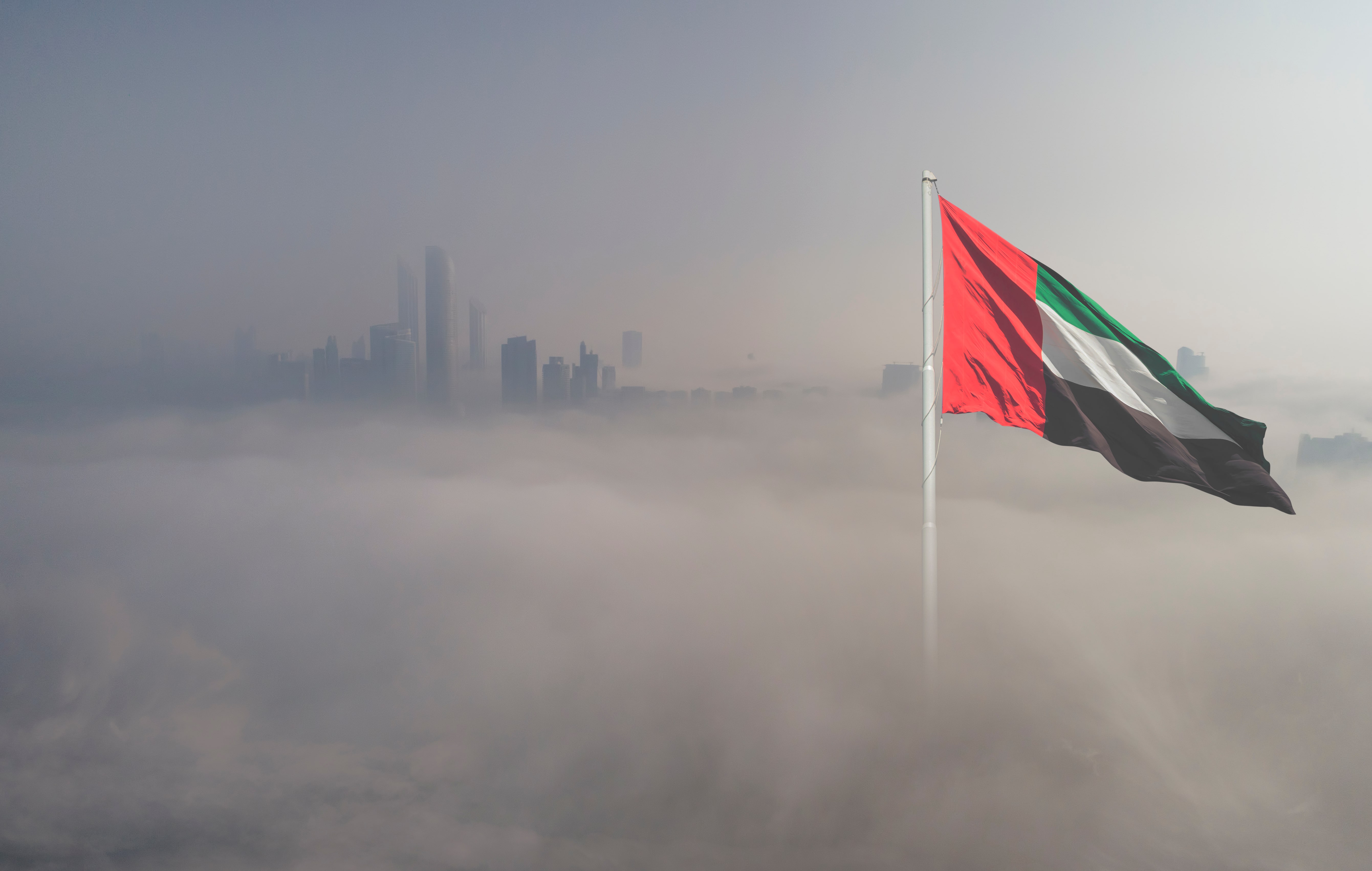
A new study from Khalifa University highlights just how much dust contributes to the total aerosol load over the UAE, and how the atmospheric conditions have been changing since 2009.
Read Arabic story here.
By analyzing the atmospheric conditions over the United Arab Emirates using data from satellites and a ground-based robotic network, researchers at Khalifa University have determined the composition and variability of the atmospheric aerosols over the UAE.
Dr. Narendra Nelli, Postdoctoral Fellow, Samson Fissehaye, Graduate Student, Dr. Diana Francis, Senior Research Scientist and Head of the Environmental and Geophysical Sciences (ENGEOS) Lab, Dr. Ricardo Fonseca, Postdoctoral Fellow, Michael Weston, Research Engineer, Dr. Rachid Abida, Research Scientist, and Dr. Oleksander Nesterov, Postdoctoral Fellow, published their research in the Earth and Space Science Journal. Chief among their insights is the large contribution of dust aerosols to the total aerosol load over the UAE and the need to account for these dust particles in weather and air quality forecasts.
While the UAE is famed for its year-round sunshine, it’s also well known that the air across the country tends to be dusty, thanks to the country’s desert geography. Particles in the atmosphere, including dust and pollution, can block the sunlight by absorbing or scattering light, preventing it from reaching the ground. This is known as aerosol optical depth.
“On a climatological time scale, we found that the aerosol optical depth (AOD) over the UAE has been decreasing since 2009, possibly due to the increasing trend in precipitation and changes in land use,” explained Dr. Francis. “Atmospheric aerosols have a wide range of impacts on the climate system but quantifying these effects is a challenge, primarily due to their sporadic nature. There’s still considerable uncertainty as to their net effect on the climate.”
Given that the areas needing to be investigated are so large, researchers use satellite-based observations to determine the variability of atmospheric aerosols over large regions. The KU researchers used data from the Cloud Aerosol Lidar and Infrared Pathfinder Satellite Observation satellite (CALIPSO) collected over a 14-year period.
“Long-term and global aerosol measurements with space-borne instruments are crucial for a better understanding of aerosol distribution and their effects on the environment,” said Dr. Francis. “But we also need to evaluate the accuracy of satellite observations against ground-based measurements, especially near source regions.”
The Aerosol Robotic Network (AERONET) is a collection of sun photometers distributed across the planet and used in a number of studies to validate satellite observations of atmospheric aerosols. The team compared the data from a seven-year period collected by AERONET against the data from CALIPSO.
“While there are aerosol-related studies in the UAE, they generally focus on individual events,” explained Dr. Francis. “We wanted to investigate the characteristics of the aerosols in the Arab region over a longer term and look at variability across the seasons and years.”
Understandably, dust is the predominant aerosol subtype in the region, in particular in the summer season when dust storms occur more frequently in the UAE. Combined with the dust particles in the atmosphere are what is known as “polluted dust”, which is a mixture of dust with particles from biomass burning and urban pollution, and “polluted continental”, which refers to aerosols that have originated from industrialized countries from both human and natural sources. Polluted continental is only seen in the colder months of the year due to the background northwesterly winds and weather systems that affect the region during the winter, blowing these fine aerosol particles in from other industrialized nations.
Over the longer term, the researchers noticed a “clear, albeit small, decreasing trend from 2009 onwards” in the AOD, particularly during the day time, indicating that there is a decreasing amount of dust in the atmosphere during the day now as compared to the years before 2009.
“A possible explanation is the increasing trend in precipitation in the same period, as rainfall is known to wash out aerosols leaving the atmosphere cleaner,” explained Dr. Francis. “Cloud seeding plays a potential role in this increase in precipitation as these operations have been conducted in the UAE since 2010. In addition, changes in land use and land cover in the UAE can also explain this decreasing trend in AOD. While urbanization may lead to an increase in pollution, it will also reduce the potential for dust emission, so providing the increase in AOD from pollution does not outweigh the decrease in amounts of dust, we’ll see a decrease in AOD overall.”
The researchers found that dust is a quasi-permanent component of the atmosphere over the UAE and so its presence needs to be accounted for in climate projections as well as in meteorological and air-quality forecasts.
The team plans to continue their research by extending the geographic area in question to cover the entire Arabian Peninsula, including Iran, to assess the regional atmospheric composition and links to patterns in atmospheric circulation.
Jade Sterling
Science Writer
1 June 2021






